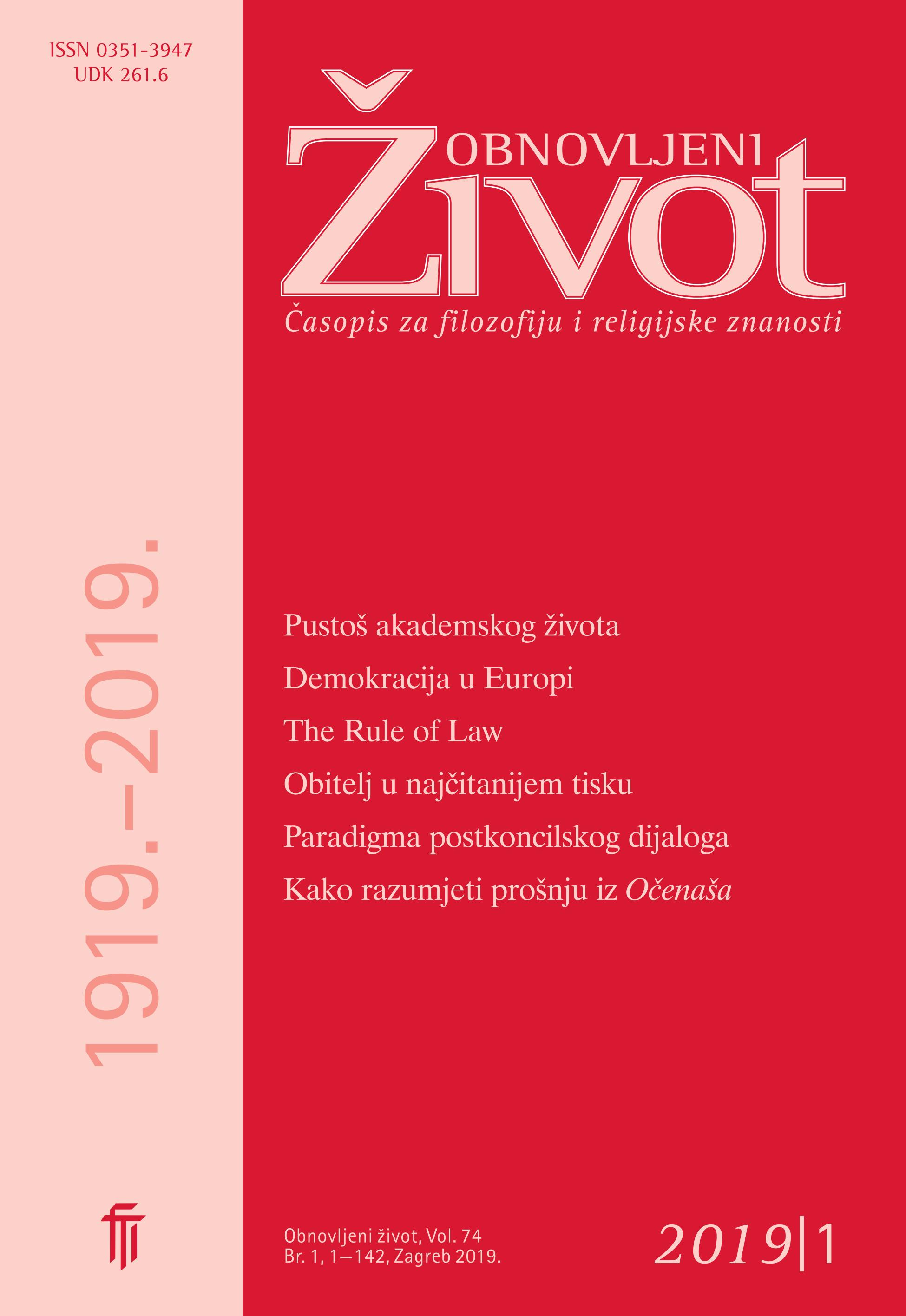The First Councils of Christianity and the First Buddhist Councils
Structural Analogies and Historical Similarities
Keywords:
Councils, Christianity, Buddhism, Constantine the Great, AśokaAbstract
It is well known that the ecumenical councils convening throughout the history of the Church — the Council of Nicaea in 325 A.D., the Council of Constantinople in 381 A.D., the Council of Ephesus in 431 A.D. and the Council of Chalcedon in 451 A.D.— were of great import. It is much less known, however, that centuries before the first Christian councils, a similar process was taking place in ancient India. At the Councils of Rajagrha in 486 B.C., Vaishali in 386 B.C., Pataliputra in 250 B.C., Sri Lanka in 29 B.C. and Kashmir in 72 A.D., Buddhist monks resolved to set forth dogmas, to put them in writing and to draw the line between orthodox and false doctrines. Generally speaking, the first councils, both in the West and in the East, were convened due to the need to preserve original doctrines. In addition, original teachings had to be canonised and systematised. Also, the process of including religious doctrines into imperial politics is characteristic of two royal personages, namely, the Indian king Aśoka and the Roman Emperor Constantine the Great. Both were actively involved in the councils of their day and contributed decisively to the further development and consolidation of both Buddhism and Christianity respectively.
Published
Issue
Section
License
Jednom prihvaćeni članak obvezuje autora da ga ne smije objaviti drugdje bez dozvole uredništva, a i tada samo uz bilješku da je objavljen prvi put u Obnovljenom životu. Uredništvo će obavijestiti autora o prihvaćanju ili neprihvaćanju članka za objavljivanje.
Članci objavljeni u časopisu se, uz prikladno navođenje izvora, smiju besplatno koristiti u obrazovne i druge nekomercijalne svrhe.


